Ford Mustang (1999-2004) Service Manual: Pedal and Bracket
Removal
1. Disconnect the battery ground cable (14301).
2. Remove the stoplight switch retaining pin.
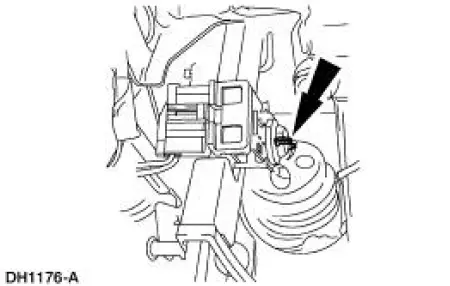
3. Slide the stoplight switch (13480) and booster push rod from the brake pedal pin.
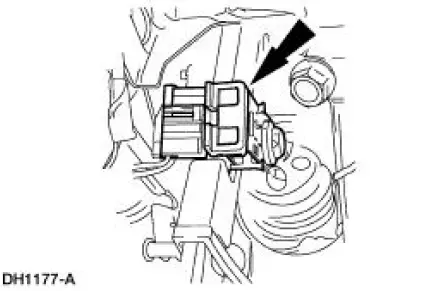
4. Remove the brake pedal bracket retaining bolt.
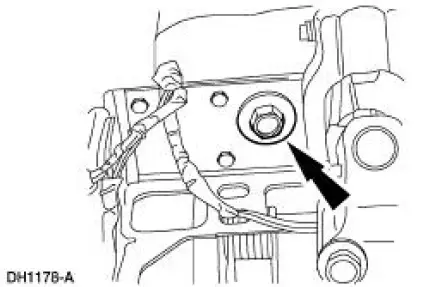
5. Remove the brake pedal bracket retaining nuts.
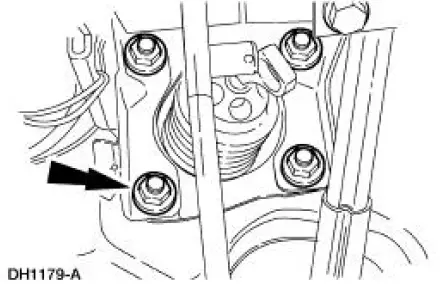
6. Remove the brake pedal and bracket.
Installation
1. To install, reverse the removal procedure.
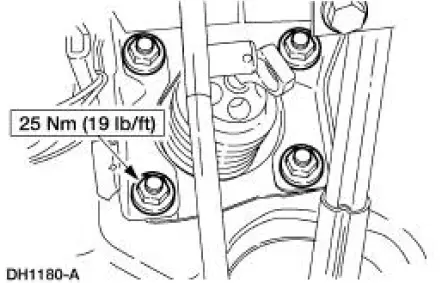
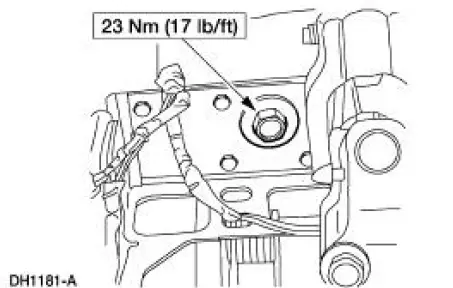
 Hydraulic Brake Actuation (Description and Operation)
Hydraulic Brake Actuation (Description and Operation)
CAUTION: Blistering or swelling of rubber brake components may indicate
contamination
of the brake fluid by a petroleum based substance. New rubber components must be
installed
in the hydr ...
 Master Cylinder
Master Cylinder
Removal
1. Disconnect the fluid level sensor connector.
2. Disconnect the brake tubes.
3. Remove the brake master cylinder nuts.
4. Remove the brake master cylinder (2140).
Installation
1. To ...
Other materials:
Diagnostics
Special Tool(s)
Transmission Fluid Pressure
Gauge
307-004 (T57L-77820-A)
Air Test Plate, Transmission
307-246 (T92P-7006-A)
Alignment Gauge, TR Sensor
307-351 (T97L-70010-A)
Breakout Box, EEC-V Control
S ...
Crankshaft Rear Oil Seal
Special Tool(s)
Installer, Crankshaft Rear Oil
Seal
303-518 (T95P-6701-DH)
Remover, Crankshaft Rear Oil
Seal
303-519 (T95P-6701-EH)
Installer, Crankshaft Rear Oil
Seal
303-516 (T95P-6701-BH)
Remover ...
Pressure
1. Clean all dirt from and remove the brake master cylinder filler
cap and fill the brake master
cylinder reservoir with the specified brake fluid.
2. NOTE: Master cylinder pressure bleeder adapter tools are available
from various manufacturers
of pres ...
